When talking about Dragon Ball Z games there is certainly a range of quality. With most games being in the poor to bad range. Honestly, there’s really only one legitimately good modern Dragon Ball Z game, and that’s Dragon Ball FighterZ. While Dragon Ball Z: Kakarot doesn’t fall into the bad category of DBZ games, it still is not a particularly impressive game either. Ultimately, providing a mediocre experience that has a lot of nice fan service, but not much else compared to other open-world games.
Review: Dragon Ball Z: Kakarot
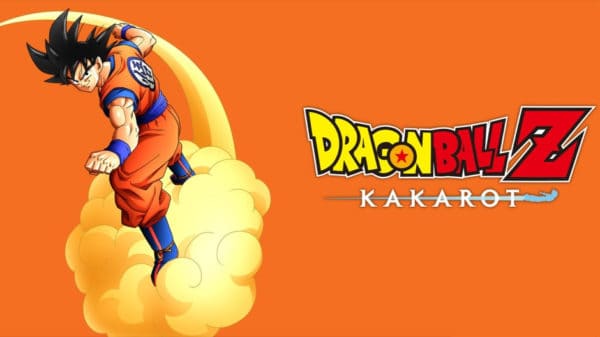
Title: Dragon Ball Z: Kakarot
Platform: PS4, Xbox One, PC [Reviewed]
Developer: CyberConnect2
Publisher: Bandai Namco Entertainment
Genre: Action RPG
Players: 1
Release Date: January 17th, 2020
Price: $59.99 (USD)
Story
Dragon Ball Z: Kakarot is a 3D action-adventure game that mostly recreates the entirety of the DBZ storyline in game form. Most DBZ games include the major parts of DBZ, but Kakarot goes much more in-depth than any of the previous games. Including not only the major battles and plot points but also many of its side stories too. Although Kakarot plays more akin to an action game, it does have some RPG elements sprinkled in its gameplay and storytelling. But, if you have watched the anime or read the manga, Kakarot still follows the same story pattern of Saiyan Saga, Frieza Saga, Android Saga, Cell Saga, etc. Except those fights get broken up by extremely dull adventure stuff.
The Eternal Conundrum
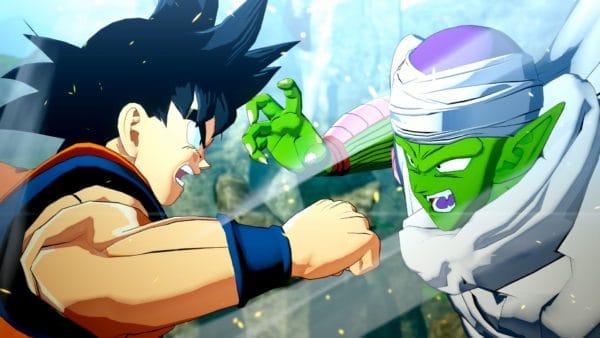
DBZ has never really worked very well in a 3D space. The fundamental problem is that when you have characters who can move in any direction, especially quickly, the camera and/or the controls really can’t keep up with the action.
Think about 2D vs. 3D Sonic games, and ask yourself, “Which was better?” Or the few 3D Castlevania games.
FighterZ works well because it is essentially a 2D game, especially once things are on the ground. It has DBZ moves, Spirit Bombs and Destrutco Discs, but you don’t have characters flying around, or having to deal with a Z-axis at all.
Does Kakarot Solve it?
The answer is kind of. If you are fighting an enemy one-on-one, the game is really good. The camera can keep up with your movements well and it can really follow the opponent quite easily. Compared to the nauseating mess of Xenoverse’s camera, this is a slight improvement.
It falls apart though when you have more than one enemy on screen. It still tracks the enemy you are locked onto, but you’ll frequently get attacked by the other enemies. Sometimes there are as many as five other foes beating on you. You can switch targets with the right analog stick, but it still has trouble keeping track. And while You do get some colored arrows that show where an attack is coming from, these do not help much.
I Wanna Fight!
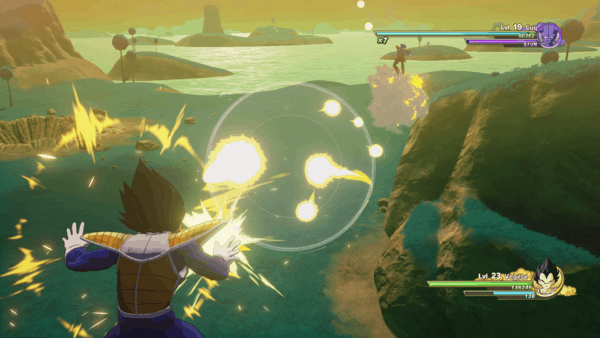
Kakarot is really split into two different games, the fighting game, and the adventure game. I’ll start with the fighting first because it’s simpler and shorter.
Controls are as follows: you move with the left stick and change targets with the right stick. A is used for dodging, B is used for melee attack, X fires a basic Ki blast and Y is used to charge up your Ki level. You hold LB and use a face button to do special attacks. While holding RB and using face buttons calls in a support attack, if you have other characters in your party while holding L. Finally, you use LT to guard and hold RT (as well as the left stick) to move vertically. Also, pressing the Dpad brings up an item menu, so you can use healing items during battle.
The above boring paragraph on controls is what the developers throw at you, but there is a singular problem with the combat, specifically with the B button. You only have one melee attack/combo and you’ll use it all the damn time as you play the game. The basic flow of combat is pretty simple as well.
Wail on the enemy with the B button until he (or occasionally she) starts glowing red. Then you break off your attack by pressing A and holding back (to dodge out of the way) until they do their counter-attack. Then you can rush in and do it again. If you want to be flashy, you can use a special attack but most of them aren’t too useful, and some of them actually lead you to be pretty open for attack. Also, use an item for when you need to heal.
Fighting Continued
I really cannot stress how boring the combat really is. Once you get the basic rhythm down or at least follow my pattern above, you can knock out at least 75% of the fights quite easily. Frankly, I was doing the same tactics as I did in hour 1 of the game until about hour 30 of the game. There is no real expansion of the tactics or moves as you progress, even once you play with different characters or unlock their transformations. They barely make a tangible difference to how you play. And If you do run into a difficult fight or enemy, then you can just spam items, which are plentiful.
You Know What I’m Saiyan?
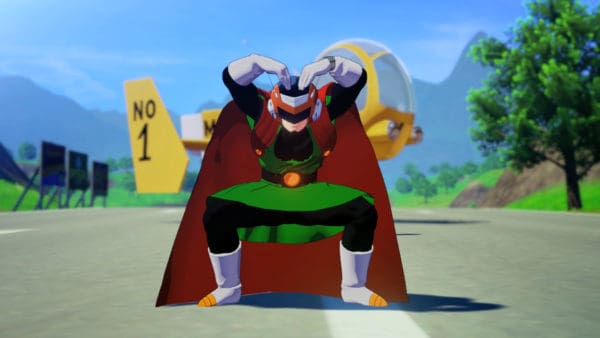
Once you unlock Saiyan transformations, or the Kaioken, you can use them during battle. You have to hold LT and RT, which brings up the transformation menu. The Kaioken drains your health when you have it active.
While the Super Saiyan transformations drain your Ki. These do provide nice stat boosts, and the trade-offs aren’t too bad.
Adventure Time
Fighting makes up about 35% of the game. The other 65% is the adventure stuff and it’s more befuddling. As with fighting, I’ll go over the controls first.
You move around with the left thumbstick. A is jump, or you can hold it to start flying. B lets you talk to people/pick up stuff. Y lets you roll (kind of), while you press the left analog stick to actually fly quicker. You press the left bumper to “Search for Ki”, which just highlights things you can interact with, enemies around you, stuff to pick up, etc. LT brings up a first-person Ki Blast perspective where you aim Ki Blasts like a bad FPS game. Finally, RB is used to go up vertically while RT is used to go down vertically. When you’re on the ground, you can press the left thumbstick to run quickly, but most other controls remain the same.
Fly Like Superman
This doesn’t feel great. It’s not completely broken but the controls are extremely imprecise. You can’t turn on a dime by any means, and using RT and RB for vertical control is WEIRD. Especially since you have this whole other analog stick that is only used for camera controls or slightly better steering.
DBZ: Crackdown
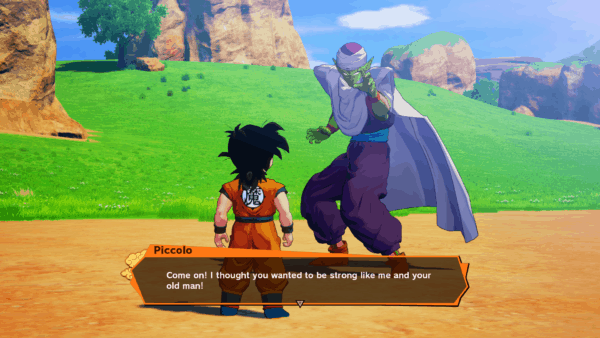
The biggest thing you’ll do in the adventure mode is to collect colored orbs in the game world. There are six different varieties: red, blue, green, rainbow, silver and gold. Red corresponds to the desert, green is forest and blue is water, etc. You’ll find these orbs almost all over but they tend to cluster around these different environments. There are even timed orb chases where you fly around a set path picking them up.
As for the other orbs, you’ll find Rainbow orbs on occasion, or by doing quests. The others you only really get by defeating enemies, especially higher-level ones.
I Miss the Sphere Grid
These orbs actually unlock new moves in the skill tree but don’t really unlock a ton of new moves. Certain moves lead to upgraded forms, but it is still the same basic move. For example, you may go from a basic Kamehameha to a stronger one, to one that has slight homing properties, and so on. Ultimately, the move doesn’t change much.
Also, the entire progression system is just boring. You do unlock a lot of passive abilities that you can equip but they are absolutely pedestrian. Such as increasing the amount of damage you do to stun by 5%” or other similar silly upgrades. For the record, stunning enemies is a waste of time. It’s far easier just to cheese enemies to death instead. Even upgrading basic moves like the Special Beam Cannon is nebulous with it increasing damage without telling you by how much.
Gated Progression
Most of the unlocks are also gated by the story progression. So that it remains true to the original source material. So, you can’t unlock the Super Saiyan 2 power in the Saiyan Saga arc, even if you have enough orbs to do so.
There are basically three major unlock arcs: Frieza, Cell and Buu. Once you reach these stories you unlock a new tier of moves for you to obtain.
Training for Moves
Some moves are also gated by training exercises. This means you have to go to certain areas of the map and complete random fights against other characters. These are unlocked using D Medals and are either found or given away as quest rewards.
Eating for Stats
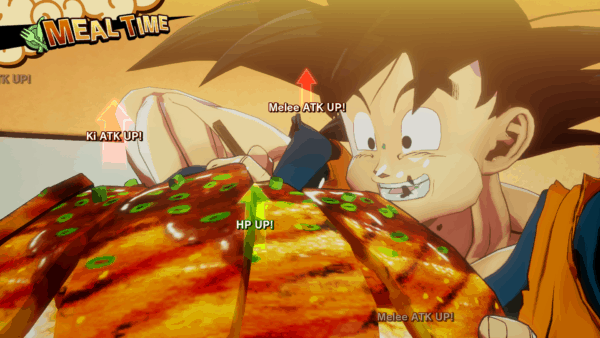
The main way you gain higher stats is by eating. You can gain more HP, more melee attack or defense, or more KI attack and defense by chowing down. These are permanent upgrades that (I think) go between characters. Meals also confirm temporary stat bonuses but these only last a few minutes.
If you go to Chi-Chi, she can cook full meals for you. These are like powered up meals that have higher bonuses for your characters. For these meals, you need to have the ingredients for the recipe, think Final Fantasy XV.
So, for example, to make Burning Tofu, you need Wolf Meat and Tofu. While making a Meaty Rice Ball requires Rice and Chicken. Finding said ingredients involve buying them, fishing for them, just randomly flying around and collecting them, etc.
The Broken Experience
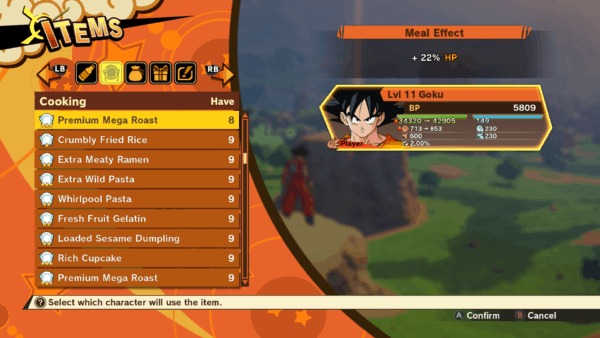
The experience system in this game is pretty broken. There is a LOT of random battles you can do as you fly around and they net you a paltry experience increase. So, do a battle and you’ll gain 1,000 experience.
However, you may need 200,000 experience points to get to the next level. So, what are you supposed to do? You’re supposed to play the story missions. Doing missions in the story nets you an absurd amount of experience, based on where the story currently is. For example, when Goku returns from training with King Kai, you get enough experience to gain about four levels.
This makes sense, from a story perspective. Goku training in the gravity machine, or Gohan training with Piccolo SHOULD be how you gain experience. However, it makes actually doing the random battles completely pointless. Meaning there is no real reason to actually do the random battles and they just become an annoyance.
Side Activities
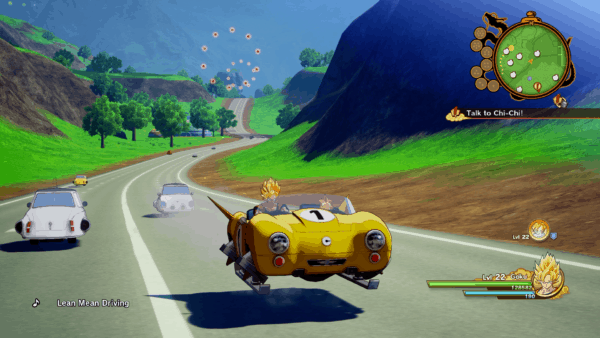
There is a whole host of side stuff you can do in Kakarot and almost all of it is pointless, if not outright bad.
The pointless ones involve doing most side-quests, since they all end up in fighting, hunting for orbs, the baseball mini-game (which is only ever seen like four times), and fishing (with a weird tail that Bulma makes for Goku and it looks like you stick it up your ass to catch fish).
The terrible ones are the inexplicable driving and mech quests. Both involve you doing time trials as you control vehicles to pass through checkpoints.
The problem is that both vehicles control terribly. The hovercar has an awful turn radius and if you miss one checkpoint you have to double back for it, which takes forever.
The walker mech is even worse with poor controls and some truly bad collision detection and jumping mechanics. The mech quests also have some pretty tight timers, so you’ll probably fail this one a few times as well.
Community Board
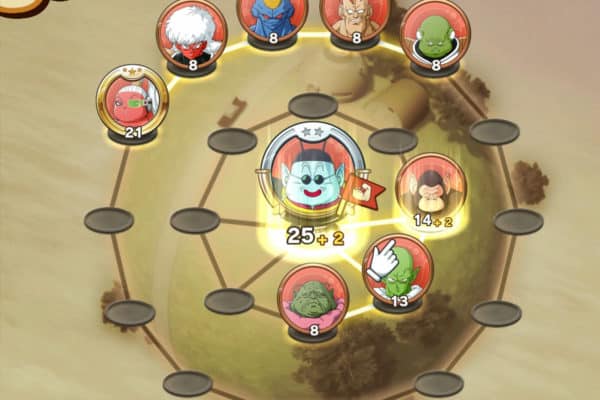
One incomprehensible system is what the game dubs the Community Board, which is a weird meta-board game.
There are seven different boards, and they correspond to different elements of the game. Certain key characters are the center of a select board. So, Goku is the center of the Z board, which focuses on fighting. While Chi-Chi heads the cooking board. Master Roshi heads the “adult” (porno) board, etc. As you progress through the game, you’ll unlock Soul Emblems, which you can place on any board to power them up and unlock passive bonuses.
Characters also have affinities for certain boards. The World Tournament Announcer, for example, (not kidding, he’s here) has an affinity for the Adult board. While Korin has an affinity for the God board. These affinities can be changed by feeding the Soul Emblem items, which increases their levels in the different types of boards and also increases their friendship level with you. Increasing your friendship with the emblem gives you healing items, more giftable items, or cards (viewed in the menu).
Relationships between emblems also exist. Goku and Gohan unlock higher levels, or Nappa and Vegeta. Filling out a board unlocks a lot of bonuses such as letting you sell items for more money, earning more experience, cooking better, earning more orbs, and more.
The thing is, almost all of the community board stuff is just busy work and pointless. You REALLY have to focus on a specific board if you want to unlock the last bonus, which is the actual good one. It is just tedious to keep swapping characters out, or keeping track of this stuff. There should just be an auto-complete option, where it can best fill out the board, spend your items, etc.
Finding Some Balls
Being a Dragon Ball game, you occasionally do have to actually collect the Dragon Balls. This occurs fairly late in the game, around the Android Saga, so that’s about halfway through the DBZ storyline, give or take.
Collecting the balls means you just go to the over-world map, select an area that has a ball, travel to it and find it. It’s not really hard and can be done in about five minutes. Once you use a ball, they become unusable for 20 minutes, then you can collect them again.
There are three repeatable wishes you can always ask for, more orbs, more money or rare resources.
The other wishes involve past bosses you fought and killed. Nappa, Raditz, the Ginyu Force, even lesser Frieza henchman like Cui or Appule. You can bring them back to life, fight them and then you unlock them for the Community Board stuff.
Quick note: there was a hilarious bug I encountered where after I defeated Cell and the game did the time jump to Gohan as a teen, where the Dragon Balls KEPT spawning. I collected them, made a wish and instead of taking 20 minutes to respawn, Bulma immediately said: “Hey, the Dragon Balls are usable now, go find them!” You could have really mopped up with this method because it never stopped. The only way to shut her up was to collect them and NOT use them, just to hold onto them.
Bonyu Mistake
One of the big selling points for Kakarot was an inclusion of a new character named Bonyu. She was a former member of the Ginyu force, who looked like a member of Jeice’s race (red skin, white hair), but was heavier. She is billed as a forgotten member of the team and left them because they were dumb/silly and she’s serious.
Do you know what the extent of her role is in the game? You have three fights with a SIMULATED version of her, from a ship’s memory bank. That’s it. She’s not even a real character! I’m not saying you need her to be constantly in the background, secretly pulling the strings through the entire game, but anything would be better than “Fight an AI clone of her three times and that’s it.”
This game was reviewed using a digital code provided by the publisher (Bandai Namco).
Final Thoughts
Overall, Dragon Ball Z: Kakarot ticks most of the boxes for what a fan of the anime would want and has enough fan service stuff to keep them pleased. But, by the standards of an open-world game, it quickly falls apart. It’s not that Kakarot is bad, aside from certain side stuff. It’s just the fact that the game is boring and dull. I’d only recommend this for a big fan of the series. Otherwise, steer clear and look for other better open-world games.
